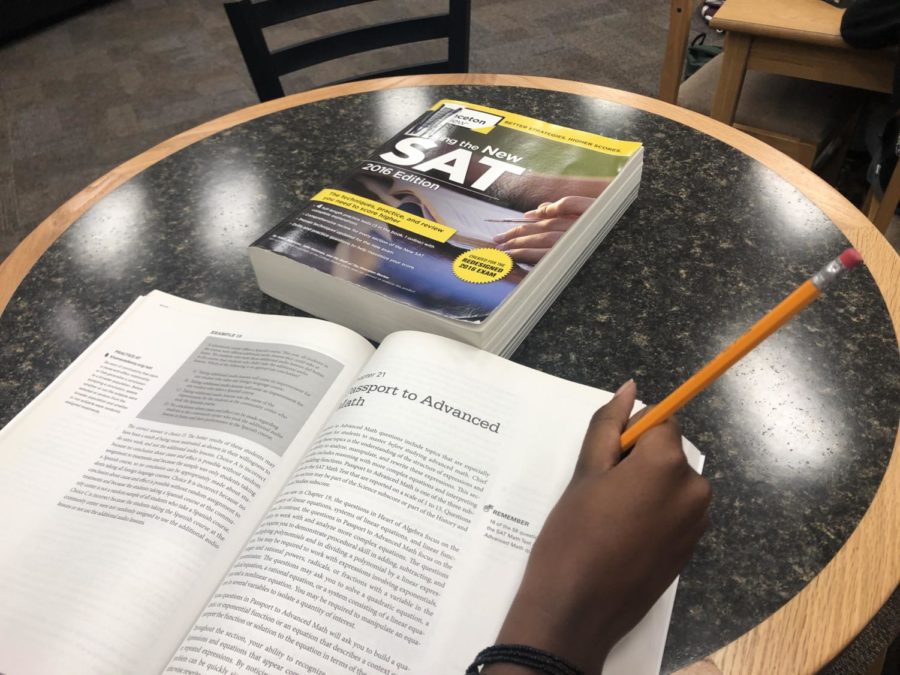The SAT doesn’t accurately portray a student’s academic ability and worsens the socioeconomic disparity in high school and college.
Standardized Testing, Nonstandard Performance
SAT Provides Inaccurate Representation of Student Performance
October 16, 2019
The SAT, or Scholastic Aptitude Test, is designed to be a college entrance exam that can be used as criteria to determine whether or not students are admitted. The SAT’s purpose is to evaluate students based on their erudite and diligence.
The SAT is not meritocratic or an accurate representation of a student’s potential, but rather a test that furthers the disparity between students who are less fortunate and students who have more access to study materials and prep classes.
The SAT benefits wealthier students because it requires students to have taken prep classes to understand the ins and outs of the test, which are not available to the public. The practice test booklets with answers and explanations are useful tools for scoring higher, but only students with disposable incomes can purchase them and have the time to study them, whereas poorer students are more likely to have jobs in order to support themselves and their families. The SAT contributes to capitalism and the emergence of corporatism in the United States. This money-making enterprise causes poorer kids to have a disadvantage compared to wealthier kids even before they enter college, worsening the economic disparity in the country. In addition to study materials and prep classes being expensive, the test itself is expensive and poorer students may only get one chance to take while wealthier kids can take it 2 or 3 times to get their desired score.
The SAT is not an effective way of representing a student’s academic progress and intelligence. The SAT leaves no room for students to show their extra-curricular and special interests but is instead just a number, which is limiting. A student’s work ethic and interest are defined by what they do inside and outside of school, which is something colleges should focus more on. Colleges should try to see the person behind the application and should make admission requirements more individualistic in order to determine if a student truly belongs to that college. While grades and test scores are a good start to understanding a student’s academic career, it shouldn’t be the focus like it is with state, private, and Ivy League schools.
The SAT has come to represent the failures of the American Dream. Its purpose is not inherently harmful but has evolved into an industry that doesn’t properly serve students with economic impediments. While there may be scholarships and programs available to poorer high schools for the SAT, these don’t solve the problem and only temporarily alleviate the effects of the poverty divide.
